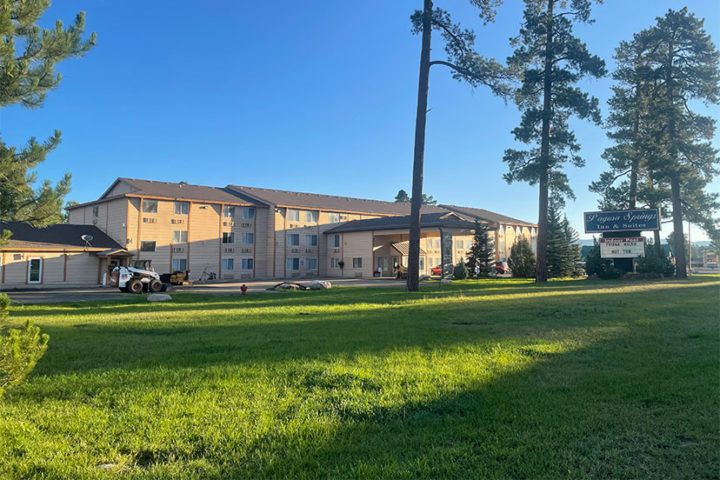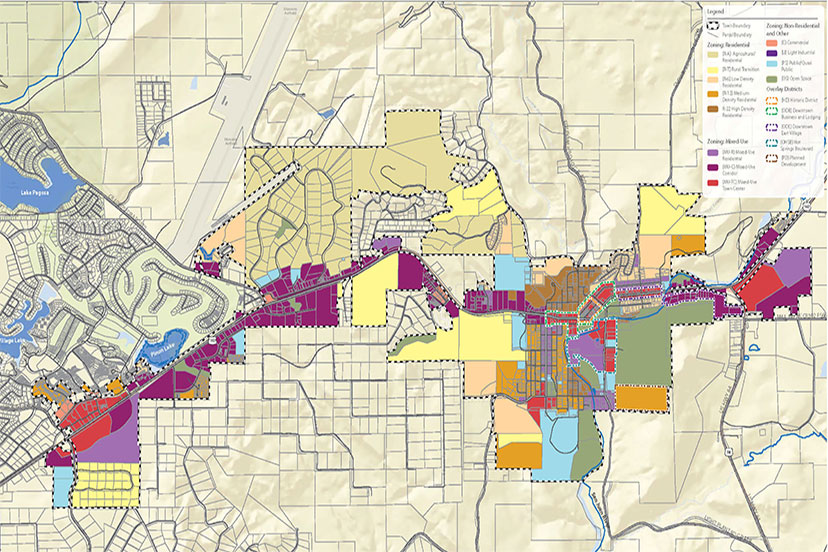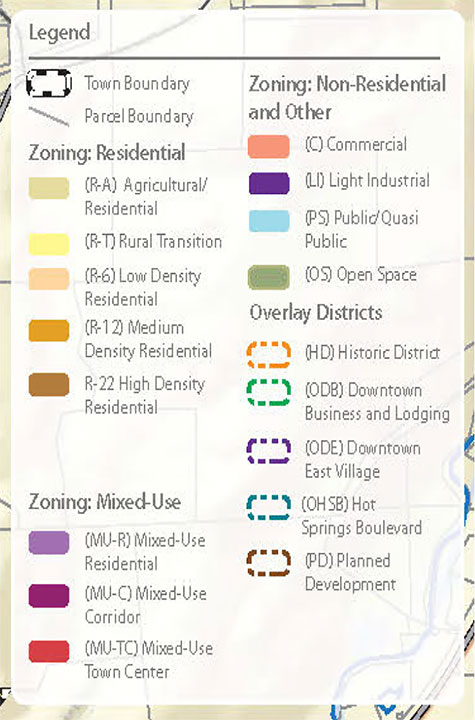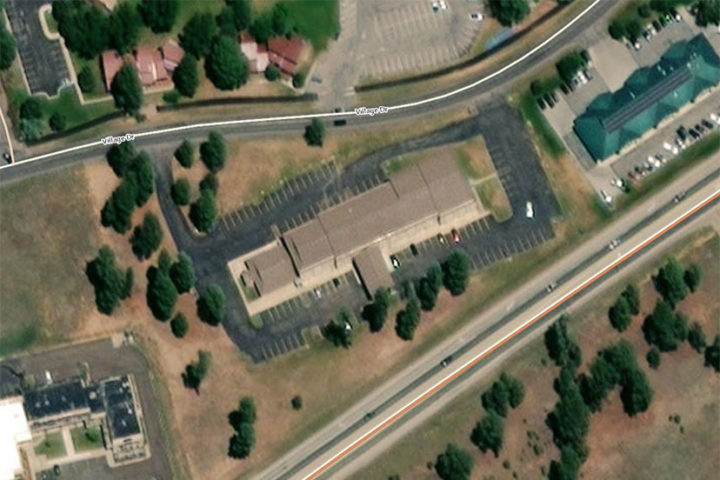As mentioned on Friday, the Pagosa Springs Housing Coalition heard, last week, about a proposal to convert one of Pagosa’s larger motels — the Pagosa Springs Inn & Suites — into apartments, ranging in size from studio to three-bedroom. The Pagosa Springs Planning Commission had approved a recommendation, a couple of days earlier, to allow the project to exceed the zoning density allowance, if the remodeled facility would ‘deed restrict’ a portion of its 98 units to “120% AMI” rent limits.

As a member of the Pagosa Housing Partners non-profit board, and as someone who has been thinking a good deal about our local housing crisis, I’ve put a bit of effort into understanding the so-called “AMI” concept — the “Area Median Income”. On its face, the concept is not too difficult to understand. And we have handy charts available from the Colorado Housing and Finance Authority that supposedly make it even easier, for our community leaders, to hand out perks to developers, based on ‘AMI’.
In my humble opinion, our local leaders use ‘AMI’ numbers created by bureaucrats working for the state and federal governments, because they don’t want to take the time and effort to come up with numbers that apply more equitably to the current conditions, on the ground, here in Pagosa Springs.
Because we’re basically lazy? And maybe that’s why we chose to live in Pagosa. Because that’s the lifestyle here. We don’t want to work too hard. Or think too hard.
But we do want people to have places to live, that are affordable. Even our school teachers and housekeepers and restaurant employees and nurses and police officers — we even want places for them to live.
There’s are a couple of significant problems, as I see it, with the recommendation made by the Town Planning Commission last week. (So many problems; so little time.)
Here’s the Town zoning map. We’ll look more closely at some details in a moment, but what we can see in the overall map is a dotted line outlining the Town limits. The areas outside the dotted line are in the unincorporated County.
Basically, the zoning map and related regulations limit what a property owner can and cannot do with his or her private property.
We see lots of pretty colors, which designate the various zoning types and ‘overlay districts’. The idea behind zoning is that certain types of property uses are harmful to other types of property uses. For example, there’s an assumption that a grocery store does not belong in a ‘residential zone’ because then people would be able to walk to the grocery store, and we really want people to drive to the grocery store.
Of course, I am being facetious. We actually don’t want people to drive everywhere. It’s a stated priority of the Town Council, in fact, to encourage pedestrian activity and discourage driving. Except that much of the community’s current zoning discourages businesses from being within easy walking distance of residences. Except for vacation rental businesses, of course, which have always been allowed to locate in residential areas, even though they might be more annoying than a grocery store.
Here’s the legend that shows what the colors on the zoning map indicate.
With those colors in mind, we can zoom in on the Pagosa Springs Inn and Suites. Highway 160 runs through the center of the map. We see nearby shopping (perhaps even within walking distance?) and a hospital. Other businesses nearby include a coffee shop and numerous restaurants. Also banks, an optometrist, churches, two schools, and other types of community amenities.
Looking at the zoning map for the area surrounding the Pagosa Springs Inn & Suites, we see that most of the commercial landscape along Highway 160 was annexed by the Town government in the 1990s, but most of the residential neighborhoods were not. This decision to annex the uptown business district, but not the residential homes, created a political entitlement to the community’s property tax revenues, without the obligation to spend those revenues on residential services — street maintenance, law enforcement, parks, and so on — for the surrounding neighborhoods.
In a more typical town, the municipality would include the community’s residents within its political embrace, but not in Pagosa Springs. Back in those days, the community saw “Pagosa Springs” as including and serving mainly the old historic downtown neighborhoods, and viewed the suburban Pagosa Lakes and Alpha neighborhoods as someone else’s responsibility.
The municipal services were left in the County government’s hands, or abandoned to the subdivisions themselves.
In recent versions of the zoning map, many of the areas that were once ‘Commercial’ were revised to be ‘Mixed-Use’. This is a trend in the planning industry, to concede that mixed use zoning — commercial uses, side-by-side with residential uses — often make for more vibrant neighborhoods. The Pagosa Springs Inn & Suites is situated in one of those mixed-use zones; in this case, the ‘Mixed-Use Corridor’ district. From the Town’s current LUDC (Land Use and Development Code):
The MU-C district is intended to allow for the vertical or horizontal mixing of uses, including some high-density residential, along major highways. Commercial uses are appropriate, including retail, offices, hotels, and tourism-related businesses. The district is intended to promote gradual development and redevelopment of existing commercial corridors to become more vibrant and attractive mixed-use areas that also contain some housing, offices, and light trade.
The conversion of Pagosa Springs Inn & Suites into an apartment building would suit its existing zoning just fine, except that the MU-C zone allows only 16 residential dwelling units per acre.
The motel sits on 4.12 acres, which would allow for 66 dwelling units. In order to remodel the motel into 98 apartment units, the new owners will need a ‘density bonus’ allowing a 50% increase in the number of residential units.
By a stroke of good fortune, the Town government, just a few weeks ago, updated their Land Use and Development Code to allow density bonuses of up to 50%. Exactly the amount requested by the Inn & Suites…





